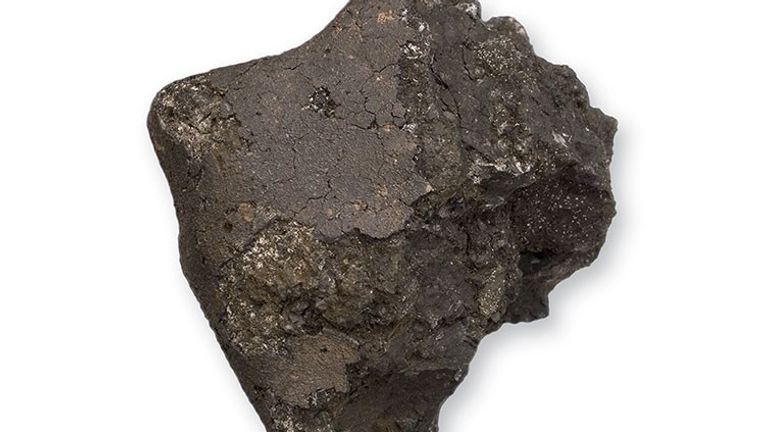British scientists have identified the source of one of the rarest meteorites on Earth.
The Ivuna meteorite was discovered in Tanzania in December 1938. It was later divided into numerous specimens and is now housed in the Natural History Museum (NHM) in London.
After comparing it with samples from an asteroid called Ryugu, experts believe the Ivuna rock may have originated at the edge of the solar system.
The scientific discovery, published in the journal Science Advances, may unravel mysteries about the early history of the solar system and how life on Earth began, NHM said.
Professor Sarah Russell, the museum’s senior research leader and a co-author of the paper, said: “This is a very exciting discovery for me as it shows that meteorites are in our museums and collections around the world. Probably a sample of most meteorites in fact. The solid solar system, from the innermost rocky part to the farthest periphery.”
“We can use them to learn more about our origin and all our companion stars.”
Ivuna is one of the extremely rare meteorites known as CI chondrites.
These meteorites contain elements such as iron and carbon that were present when the solar system formed 4 billion years ago.
In addition, these types of meteorites also contain water, the most important ingredient for life.
In this experiment, the scientists examined samples from Ryugu, which were brought to Earth in 2020 by the Japanese spacecraft Hayabusa2.
Ryugu is an asteroid whose sun orbits not far from Earth.
It is believed to have been born in the outer solar system more than 4 billion years ago, but broke away from a larger body before migrating to Earth.
The findings suggest that both Ryugu and CI chondrites originated in the same region of space — the outer reaches of the solar system — and may even share the same parent body, the researchers said.
“By comparing the forms of iron in asteroids and meteorites, we learned that Ryugu is very close to CI chondrites,” said Professor Russell.
It is thought that water and organic matter may have been brought to Earth in the first place by meteorites from the region.
